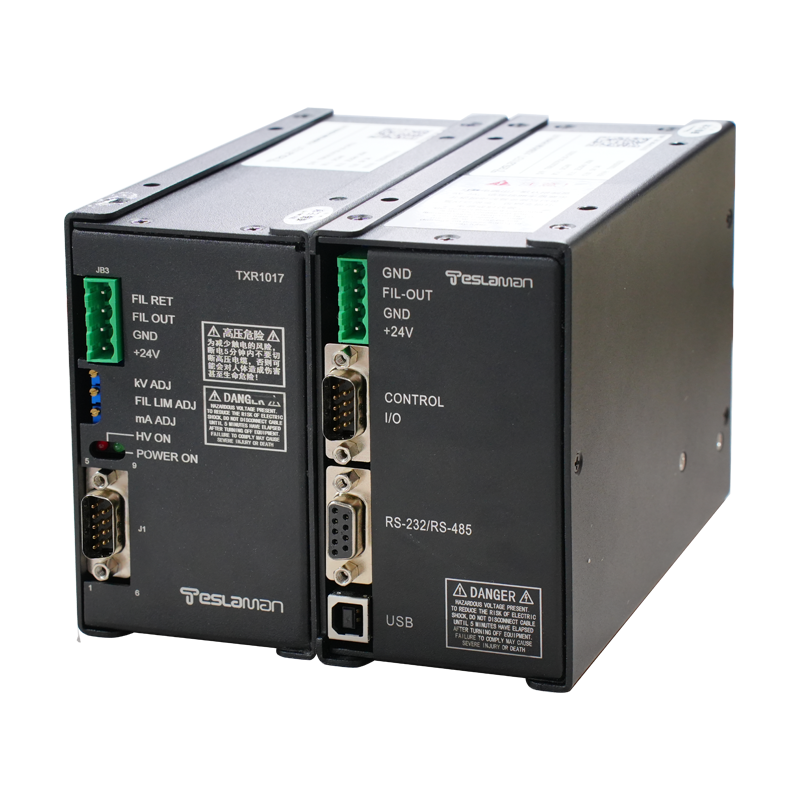Application of High Voltage Power Supplies in Plastic Sorting
With the escalating global plastic pollution problem, the demand for sustainable waste management and plastic recycling has been on the rise. In this context, plastic sorting technology has become a critical tool for effectively separating and recovering plastic particles of different types and sizes. High voltage power supplies play a pivotal role in this field, particularly in the process of electrostatic separation. This article explores the applications of high voltage power supplies in plastic sorting and their crucial role in achieving sustainable waste processing and resource recovery.
**Electrostatic Separation Technology**
Electrostatic separation is a technology that separates particles based on their charge properties. It leverages the electric charge characteristics of materials, causing particles with different charges to experience varying electric field forces, thereby facilitating separation. In this process, high voltage power supplies are employed to generate high voltage, creating the necessary electric field to attract charged plastic particles to collectors with opposite charges, thus achieving particle separation. This technology finds widespread use in recycling plastic waste and separating other granular substances such as particulate dust or minerals.
**The Role of High Voltage Power Supplies**
High voltage power supplies play a crucial role in electrostatic separation. The high voltage they produce generates the driving force that causes charged particles to experience electric field forces in different directions. This allows particles with varying charges to be effectively separated, leading to efficient sorting.
**Application Areas**
1. **Plastic Waste Recycling**: Electrostatic separation technology is applied to recycle different types of plastics, such as polyethylene (PE) and polypropylene (PP), from mixed plastic waste. High voltage power supplies are used to charge the particles for subsequent sorting in an electric field.
2. **Plastic Recycling and Reuse**: Sorted plastic can be reused in the production of plastic products, reducing the need for new raw materials and contributing to sustainable resource utilization.
3. **Mass Spectrometry Analysis**: High voltage power supplies are also utilized in mass spectrometry instruments for analyzing the components and impurities in plastics. This is crucial for ensuring the quality of plastic products and compliance with regulatory requirements.
**Advantages and Challenges**
Electrostatic separation technology is known for its efficiency, environmental friendliness, and sustainability. However, it does face certain challenges, including operational stability and maintenance costs. The reliability of high voltage power supplies is of paramount importance in this process, as they need to operate continuously under high electric field conditions.
**Conclusion**
High voltage power supplies play a critical role in plastic sorting by providing the necessary electric field for electrostatic separation technology, making it an essential tool for plastic waste recovery and resource reuse. This contributes to reducing the environmental impact of plastic waste and promotes the goals of sustainable waste management and resource utilization. With the ongoing development of technology and advancements in high voltage power supply technology, the prospects for electrostatic separation in the field of plastic sorting are expected to expand further.




















